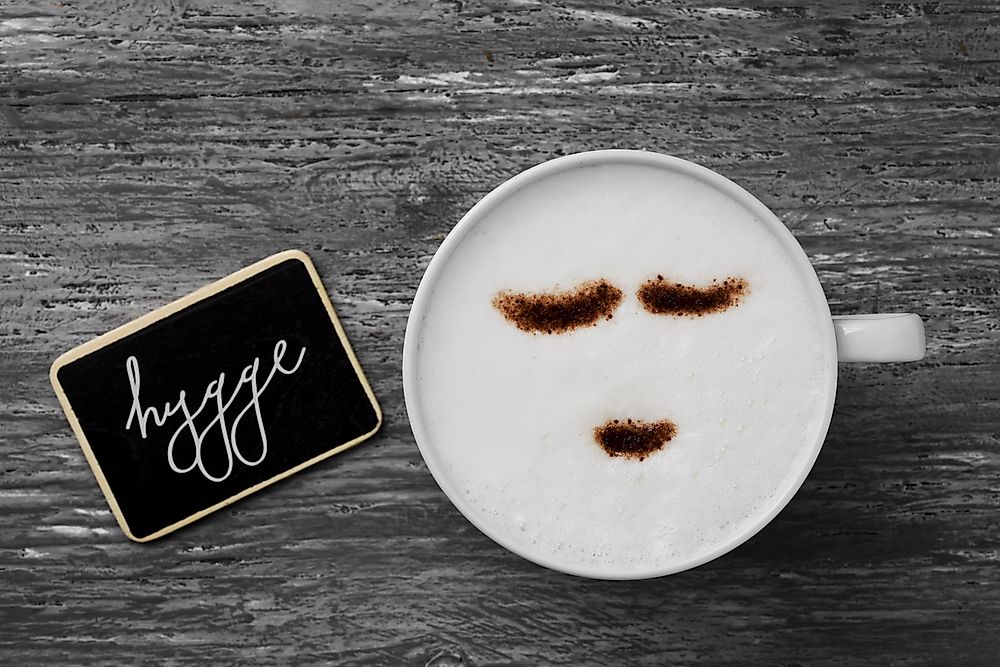Danish Culture, Customs, and Traditions

Denmark is a Scandinavian that has a rich and vibrant culture. The government of Denmark offers significant support to the arts and cultural sectors regarding funding and legal protection. As a result, Denmark has a thriving art and cultural scene. Denmark is recognized as one of the most socially and culturally progressive nations in the world.
6. Danish Folklore
Danish Folklore consists of songs, dance, music, legends, folk tales, popular beliefs, and traditions. These traditions were passed on from generation to generation orally. There are local dancing communities throughout the country that provides lessons in music, traditional dance and dress making. Danish folk tales have mythical characters such as elves, trolls, goblins, and giants.
5. Danish Festivals
The Danes have plenty of festivals that they celebrate in different seasons and which are an integral part of the Danish culture. The Danish Christmas is one of the most celebrated festivals in the country. It is known as Jul, a term that means ‘mid-winter.' The mid-winter festival dates back to periods before Christianization. It is celebrated on 24th December when families unite and share traditional meals. Shrovetide is another popular festival held in February whereby children dress in fancy costumes and move from house to house begging for candy and money. 1st of May Celebrations is held to commemorate the formation of workers’ unions. The festival involves speeches, music, and dance. A mid-summer celebration referred to as Saint Hans includes singing, dancing and lighting bonfires. Farmers in villages also have their harvest festivals held in August and September.
4. Danish Cuisine
Danish cuisine is highly seasonal due to the nation’s climate of long and snowy winters. Most meals consist of fish, meat, and potatoes. Open sandwiches prepared with a variety of ingredients are a standard meal in Denmark. Traditional meals include roast pork, minced beef patties, poached cod, red cabbage, and fried fish. Nowadays, Danish meals have been influenced by French and German cuisine cultures.
3. Danish Games
The Danes are actively involved in sports. Football is one of the country’s most popular sports. Denmark has over 1,600 football clubs with more than 320,000 players. The nation won the 1992 European Championship, the Confederations Cup in 1995, and went as far as quarter-finals in the 1998 World Cup. Other favorite sports include cycling, golf, speedway racing, and indoor games such as badminton, table tennis, handball, and gymnastics. Denmark’s endless beaches and resorts offer an ideal platform for water sports such as fishing, kayaking, and canoeing.
2. Fine Arts And Performing Arts
Danish culture manifested in the form of art is highly diversified. It is manifested in paintings, sculptures, architecture, and literature. Traditional paintings can be seen in Old Danish churches and reflect the style of Native Danish painters. Photography is also commonly practiced with notable Danes recognized in the world of photography including Astrid Kruse Jensen and Jacob Aue Sobol. Danish Artists receive insurance against unemployment and subsidies that enable them to excel in their field.
1. LGBT
The Danish government is keen on social equality. Part of the equality is sexual equality whereby same-sex marriages are recognized by law. Danes are accommodative to sexual minorities. Several gay and lesbian festivals are celebrated in the nation’s capital Copenhagen annually. One of the festivals is the Copenhagen Gay & Lesbian Film Festival.











